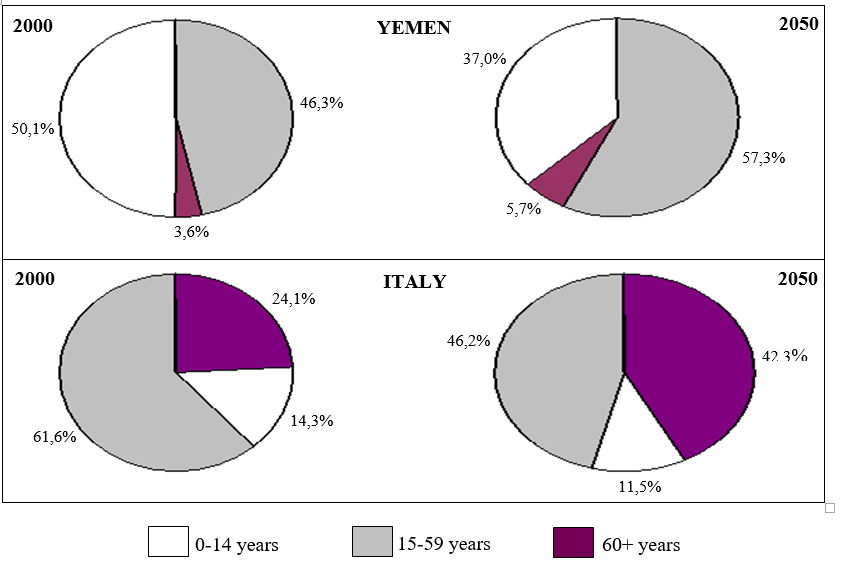
 Giải bởi Vietjack
Giải bởi Vietjack
1. Content:
a. Providing main ideas and details. (summarizing the information, reporting the main features, and make comparisons where relevant)
b. Communicating intentions sufficiently and effectively.
2. Organization and presentation:
a. Ideas are well-organized and presented with coherence, cohesion, and clarity.
b. The paragraph is well-structured.
3. Language:
a. Variety of appropriate vocabulary and structures.
b. Good use of grammatical structures.
4. Handwriting, punctuation, and spelling:
a. Intelligible handwriting.
b. Good punctuation and no spelling mistakes.The noise of the typewriter really ____ me off. I just couldn’t concentrate.
The stranded climber would never have been rescued if his brother hadn’t had an ingenious plan. INGENUITY
® But .......................................................... plan, the stranded climber would never have been rescued.
David said that the accident was his fault. TOOK
® David .................................................................. the accident.
I have very ____ feelings about the plan – it might possibly work or it could be a disaster.
Although Joe kept on attempting to contact his cousin, he didn't manage to speak to her until the next day. ® Despite repeated ........................ TOUCH................... his cousin, Joe didn't manage to speak to her until the next day.
If he doesn’t get that job, who knows what he’ll do. KNOWING
® If he doesn’t get that job, ........................................................... what he’ll do.
He ___ his grandmother’s phone number with his girlfriend’s, which led to some embarrassment for him.
Because I hate ___ my shoes, I have bought a pair of shoes without any laces.
When it comes to computer games, Jack is a real expert. CONCERNED
® As far ............................................................................., Jack is a real expert.I certainly won’t change my mind about resigning. (question)
→ My changingLindsay’s excuses for being late are beginning to ___ rather thin.
How do our sales compare with those of other firms? (relation)
→ How do